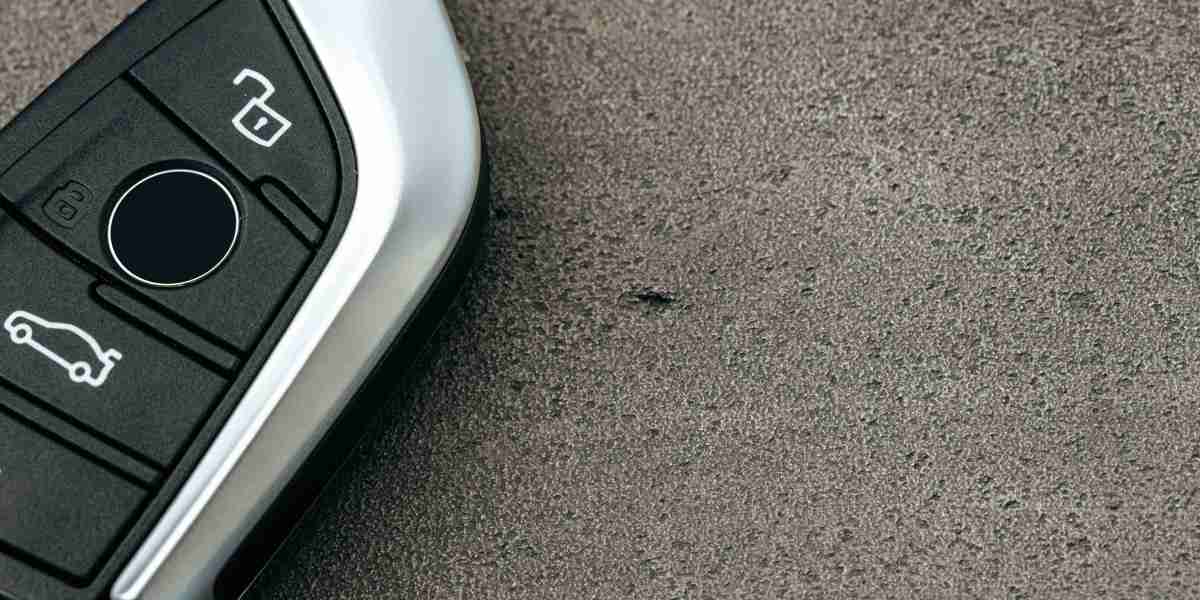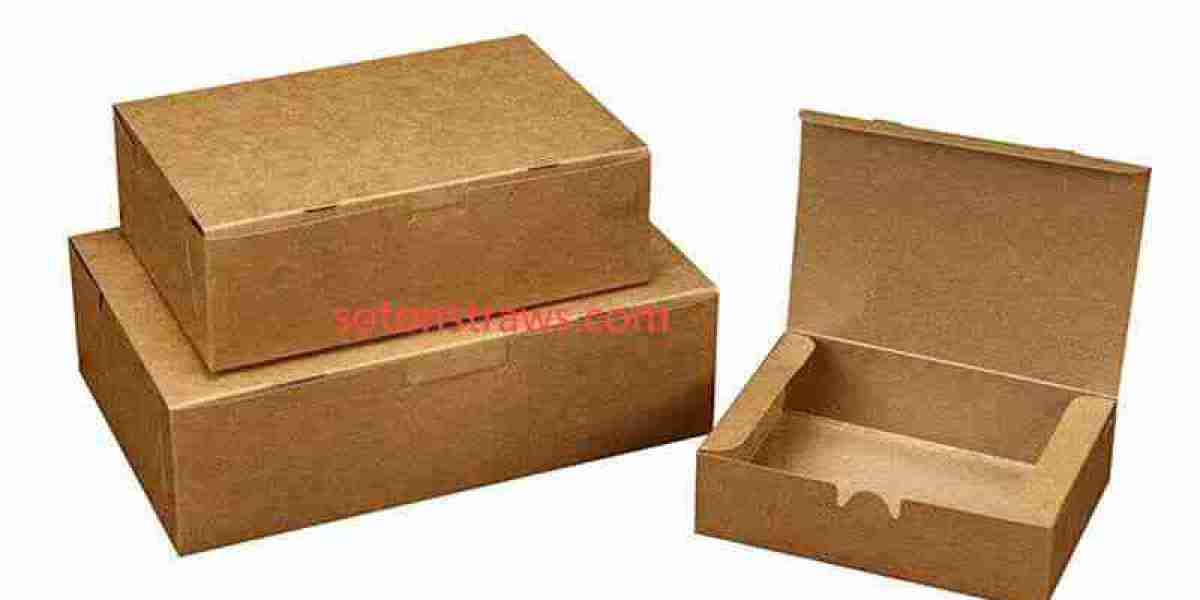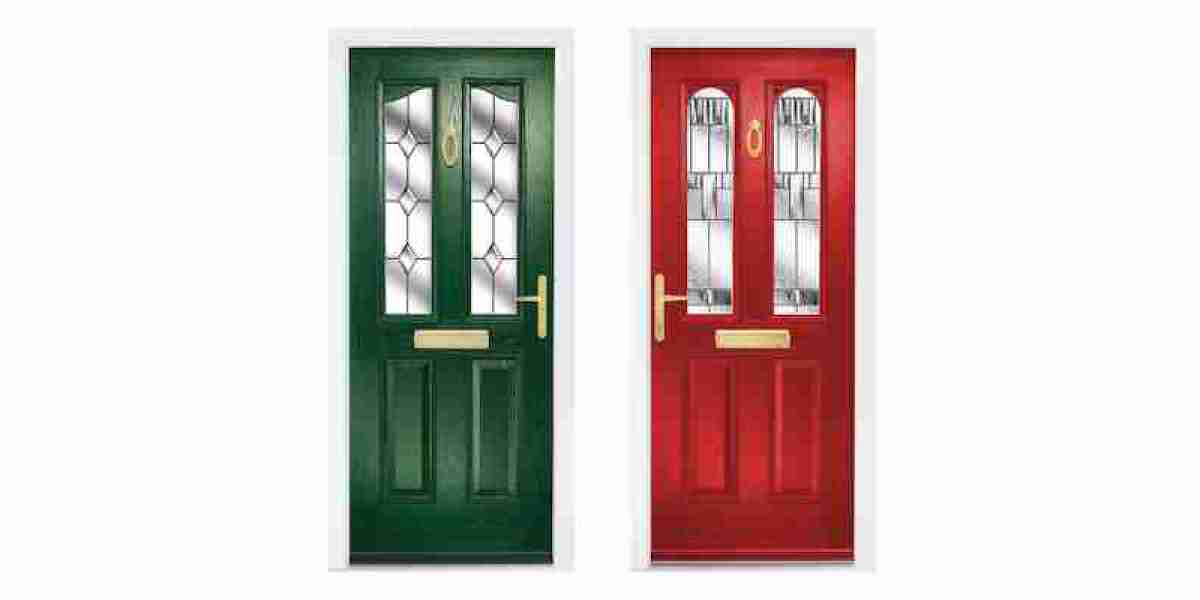Bifold Door Repair: A Comprehensive Guide to Fixing Common Issues
Bifold doors, likewise understood as folding doors, are a popular option for homeowners looking to maximize area and develop smooth shifts between spaces or indoor and outside living areas. Their sophisticated, space-saving design permits large openings without the swing space needed by standard hinged doors. From closets and pantries to patios and room dividers, bifold doors provide versatility and visual appeal. Nevertheless, like any mechanical part in a home, bifold doors can experience wear and tear with time, resulting in numerous functional issues. Thankfully, lots of common bifold door issues are manageable with some basic DIY skills and the best assistance.
This post serves as an extensive guide to understanding and dealing with common bifold door repairs. We will explore common issues, equip you with the required tools and understanding, and walk you through detailed repair processes. By comprehending the mechanics of bifold door repair expertise doors and discovering basic repair techniques, property owners can extend the life-span of their doors and prevent costly professional service calls.
Comprehending Common Bifold Door Problems
Before diving into repairs, it's essential to recognize the source of the issue. Bifold doors, while reasonably simple in design, rely on numerous parts operating in harmony. When one part malfunctions, it can affect the whole system. Here are a few of the most frequent concerns property owners come across with bifold doors:
- Hanging or Sticking Doors: This is perhaps the most common complaint. Doors may get stuck while opening or closing, require extreme force to move, or scrape against the frame or floor. This can be brought on by misaligned hinges, deformed doors, or concerns with the track and roller system.
- Misaligned Doors: Even when closed, bifold doors need to sit flush and lined up. Misalignment can manifest as gaps in between door panels, uneven spacing from the frame, or an inability to latch correctly. This can result from loose hinges, deformed doors, or shifted tracks.
- Harmed or Broken Hardware: The rollers, hinges, pivots, and tracks are the workhorses of a bifold door system. Gradually and with regular usage, these components can break, break, or become harmed. Broken rollers can prevent smooth moving, while damaged hinges can trigger sticking and misalignment. Damaged tracks can block roller motion and cause jerky operation.
- Loose Screws and Fittings: Vibrations from routine use can loosen screws and fittings that hold the hinges, tracks, and other hardware in location. Loose parts can result in instability, misalignment, and loud operation.
- Warped Doors: Exposure to moisture and temperature level changes can trigger wood bifold doors to warp. Deformed doors can be tough to close effectively, might rub versus the frame, and can produce spaces.
Essential Tools and Materials for Bifold Door Repair
Having the right tools and products on hand will make the repair process significantly smoother and more effective. Here's a list of typical items you might require:
- Screwdrivers: A set of Phillips head and flathead screwdrivers of various sizes is essential for tightening and loosening up screws.
- Drill/Driver: For more persistent screws or for setting up brand-new hardware, a drill/driver can be vital. Guarantee you have a range of drill bits and screwdriver bits.
- Hammer: A hammer can be handy for carefully tapping parts into place or for removing persistent pins.
- Pliers: Pliers work for gripping small parts, bending metal components, and getting rid of pins.
- Level: A level is essential for guaranteeing doors are appropriately aligned vertically and horizontally.
- Tape Measure: For precise measurements when changing parts or changing door positions.
- Wood Shims: Shims are thin pieces of wood utilized for leveling and lining up doors within the frame.
- Lubricant (Silicone Spray or Dry Lube): Lubricant can significantly enhance the smooth operation of rollers and hinges.
- Replacement Rollers, Hinges, and Tracks: Depending on the issue, you may need to buy replacement parts. It's typically useful to determine the manufacturer and model of your bifold doors to guarantee you get suitable replacements.
- Wood Filler or Epoxy (for wood doors): For fixing small damage to wooden doors, such as cracked corners or screw holes.
- Shatterproof Glass and Gloves: Always prioritize security when undertaking DIY projects.
Step-by-Step Bifold Door Repair Guide
Now, let's look into the practical steps for repairing typical bifold door repair assessment door concerns:
1. Addressing Hanging or Sticking Doors:
- Inspection: Begin by thoroughly observing where the door is sticking or hanging. Is it rubbing versus the top, bottom, or side of the frame?
- Lubrication: Often, a basic lubrication of the rollers and track can resolve sticking concerns. Apply silicone spray or dry lube to all moving parts, including rollers, hinges, and the top and bottom tracks. Open and close the door several times to disperse the lubricant.
- Hinge Adjustment: If lubrication doesn't deal with the issue, examine the hinges. Loose hinges can trigger doors to sag. Tighten up any loose hinge screws. If the screws are stripped, you might require to utilize longer screws or wood filler in the screw holes before re-screwing.
- Track Adjustment: In some cases, the track itself may be a little misaligned. Check if the track is securely fastened to the frame. If it's loose, tighten the screws. Small track misalignment can sometimes be fixed by carefully tapping the track into place with a hammer and block of wood.
- Door Warping: If the door is warped, small warping might be addressed by carefully correcting it using clamps and weights. However, severely distorted doors may require to be replaced.
2. Fixing Misaligned Doors:
- Hinge Adjustment (Lateral Alignment): Misalignment can frequently be remedied by changing the hinges. Loosen the hinge screws a little and gently shift the door panel left or right to accomplish much better alignment. Retighten the screws as soon as lined up.
- Shims (Vertical Alignment): If the door is uneven vertically, you can use shims. Unlock and location shims behind the depend upon the lower panel to raise it or behind the depend upon the upper panel to decrease it. Explore shim placement and thickness until the doors are aligned, then tighten the hinge screws safely.
- Leveling the Frame: In unusual cases, the door frame itself may be out of level. Utilize a level to check the frame. If it's not level, you might need to change the frame itself, which can be a more intricate task and might require expert support.
3. Replacing Damaged Hardware (Rollers, Hinges, Tracks):
- Roller Replacement:
- Open the bifold door restoration door and locate the damaged roller.
- Depending upon the style, you may require to remove a retaining clip or screw to launch the old roller.
- Thoroughly remove the old roller.
- Insert the brand-new roller, guaranteeing it is properly seated and protected.
- Test the door operation.
- Hinge Replacement:
- Open the door and identify the harmed hinge.
- Eliminate the screws holding the hinge to both door panels and the frame.
- Remove the old hinge.
- Position the brand-new hinge in the very same area.
- Secure the new hinge with screws.
- Evaluate the door operation.
- Track Replacement: Replacing a track is a more involved process and is generally only needed if the track is severely damaged or bent.
- Get rid of the bifold doors from the track.
- Loosen the old track from the frame.
- Step and cut the brand-new track to the right length, if needed.
- Position the new track and protect it to the frame with screws.
- Re-install the bifold doors.
- Evaluate the door operation.
4. Tightening Up Loose Screws and Fittings:
- Regular Inspection: Periodically check all screws and fittings on your bifold doors.
- Tightening up: Use a screwdriver to tighten up any loose screws.
- Stripped Screw Holes: If screws are regularly loosening or removed, you can utilize wood filler (for wooden doors) or epoxy to repair the screw holes. Fill the hole, let it dry, pre-drill a pilot hole, and after that re-install the screw. Additionally, usage a little longer or wider screws to get a much better grip.
Regular Maintenance for Bifold Doors
Preventative upkeep is key to extending the life of your bifold door won't fold doors and minimizing the requirement for repairs. Here are some vital upkeep tips:
- Regular Cleaning: Keep the tracks and rollers clean from dust, particles, and pet hair. Vacuum or wipe down tracks regularly.
- Lubrication: Lubricate rollers and hinges a minimum of two times a year or whenever you notice the doors starting to stick or squeak.
- Examine Hardware Periodically: Check for loose screws, used rollers, or damaged hinges during your routine home maintenance checks.
- Mild Operation: Avoid slamming or requiring bifold doors. Run them efficiently and gently to prevent unnecessary tension on the hardware.
When to Call a Professional
While many bifold door issues can be dealt with DIY, there are circumstances where it's finest to call an expert handyman or door specialist:
- Significant Door Warping: Severely warped doors may be beyond DIY repair and need professional replacement.
- Complex Track Issues: If the track is significantly bent, harmed, or if you believe structural issues with the frame, expert knowledge is recommended.
- Lack of DIY Experience: If you are unpleasant with DIY repairs or lack the required tools, seeking professional aid is constantly a safe and practical option.
- Time Constraints: If you are short on time or choose to have the repair done quickly and efficiently, an expert can deal with the task.
Conclusion
Bifold doors are a valuable addition to any home, using space effectiveness and aesthetic appeal. Comprehending their mechanics and common problems empowers house owners to perform basic repairs and maintenance, guaranteeing their durability and smooth operation. By following the actions described in this guide, and with a little persistence and the right tools, you can efficiently deal with most bifold door concerns and keep your doors operating flawlessly for years to come. Remember, regular upkeep and timely attention to small issues can prevent larger issues and conserve you money and time in the long run.
Regularly Asked Questions (FAQs) about Bifold Door Repair
Q: Why are my bifold door refurbishers doors sticking?A: Sticking bifold doors are often brought on by lack of lubrication, misaligned hinges, or debris in the tracks and rollers.
Q: How typically should I lube bifold door rollers?A: It's suggested to lubricate bifold door rollers at least twice a year or whenever you see the doors ending up being less smooth to run.
Q: Can I replace bifold door rollers myself?A: Yes, changing bifold door rollers is a reasonably straightforward DIY job. Guarantee you purchase compatible replacement rollers for your door type.
Q: My bifold doors are misaligned even when closed. How can I fix this?A: Misalignment can frequently be fixed by adjusting the hinges. Try loosening hinge screws and carefully shifting door panels for much better positioning, or use shims behind hinges to change vertical alignment.

Q: What type of lubricant is best for bifold door rollers?A: Silicone spray or dry lube are outstanding choices for bifold door rollers as they are less likely to draw in dust and particles compared to oil-based lubricants.
Q: When should I think about changing my bifold doors rather of repairing them?A: Consider changing bifold doors if they are substantially warped, extensively damaged, or if the expense of repairs exceeds the cost of brand-new doors, particularly if they are old and worn out.






